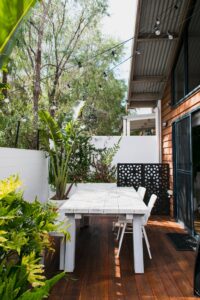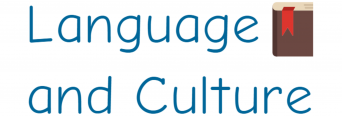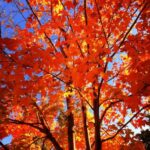
Urban Expansion and Arboreal Harmony
Achieving a sustainable balance between urban expansion and ecological preservation requires attention to the ways in which trees shape our daily lives. In this context, tree services such as hazard removal, stump grinding, and pruning are invaluable.
Increasing government support for ecological restoration and urban forestry is essential, but successful implementation will require that citizens voluntarily care for the trees and (urban) natures they create. This research investigates how attention to arboreal atmospheres influences care and volunteer motivation.
Urban Forestry
As communities across the nation seek to strike a balance between urban expansion and ecological preservation, community tree care emerges as an essential component of fostering thriving biodiverse neighborhoods. The ‘urban forest’ is the connected ecosystem of trees and plant life that cover city streets, parks, residential yards, and other open-spaces.
Research shows that the current urban forest in Grand Rapids tree provides a range of environmental services valued at over $372 million. This value is calculated based on the amount of air pollution removed, carbon stored, water quality improved and other ecosystem benefits provided by the trees on public and private land.
The City of Grand Rapids has a goal of increasing its urban tree canopy to 40 percent. To reach this goal, citizens will need to plant over 200,000 new trees. Friends of Grand Rapids Parks (FGRP) connects the whole community to its urban forest by leveraging grant funds and providing volunteer opportunities to support the planting of thousands of high-priority sites in the public right-of-way, and 5000 additional private tree plantings.
Trees
A healthy urban forest can help abate the urban heat island effect and improve air quality. Additionally, it can provide a natural buffer against habitat fragmentation. By connecting green spaces, tree planting initiatives can also create wildlife corridors.
To encourage more residents to plant trees, the City offers an annual program where residents can share the cost of a new tree for planting in their out-lawn areas (between the sidewalk and street). Orders are taken throughout the year, with planting generally occurring in the fall.
The City of Grand Rapids maintains an urban forest through a variety of programs and projects, including planting and pruning, as well as removing and managing damaged or dying trees. It also works to prevent the spread of insect-borne diseases through pruning and thinning operations. Lastly, the City of Grand Rapids’ forestry team works to protect and grow its tree canopy by conducting a series of annual assessments and monitoring.
Spongy Moth
Spongy moth (Lymantria dispar, formerly gypsy moth) is an invasive insect that defoliates many forest and shade tree species. When a healthy egg mass hatches, caterpillars consume the leaves of trees and shrubs. This defoliation leaves trees weaker and vulnerable to diseases that can lead to their death.
Spongy moth has been in Michigan for decades and is present throughout the state. It has a dynamic population that fluctuates with weather conditions and human activity.
The best way to protect your property is to check for egg masses this spring, before leaves expand. Healthy egg masses are tan or brownish in color and firm to the touch. Old, no longer productive egg masses are whiteish in color and crumbly to the touch.
City forestry experts are monitoring the extent and severity of regional spongy moth outbreaks. If high caterpillar feeding and defoliation are identified in an outbreak pocket, City forestry staff will consider aerial spray treatments with Bacillus thuringiensis var. kurstaki in spring 2023. Notices will be mailed to property owners in the treatment area explaining the process and how to provide input.














